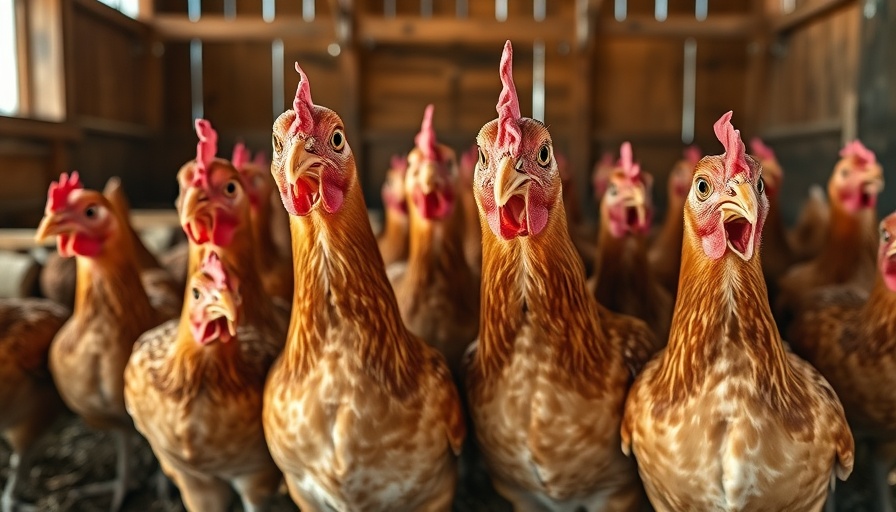
Avian Flu Vaccine: A Beacon of Hope
A nanoparticle-based vaccine candidate for H5N1 avian influenza has shown remarkable promise, achieving 100% protection in preclinical trials at a time when the virus continues to threaten various species and raise public health concerns. Conducted by POP Biotechnologies, this study showcases not only the innovative approaches to vaccine development but also highlights the critical collaboration among leading experts that led to these significant findings.
Implications of Rising H5N1 Incidents
With over 1,000 US dairy herds reporting H5N1 infections, the urgency for a viable vaccine is palpable. The virus, known to affect poultry, cattle, wild birds, and even domestic pets, poses a zoonotic risk that can translate into human health threats. The preclinical trials indicate that this vaccine may not only prevent infections in animals but could also serve as a safeguard for human populations amid rising incidences of H5N1.
How the Vaccine Works: Technology Behind the Breakthrough
This innovative vaccine leverages a proprietary nanoparticle platform known as POP BIO SNAP, utilizing cobalt-binding interactions to enhance the immune response. Jonathan Lovell, PhD, emphasizes the efficiency of this approach, stating that the vaccine components can easily “click into place,” allowing the body’s immune system to recognize them better, leading to stronger and more rapid immune responses.
Cross-Border Collaboration: A Global Effort
This project is a testament to the power of international collaboration, involving institutions like the University at Buffalo and the National Microbiology Laboratory. Such partnerships are essential in addressing pandemic preparedness, with industry experts stressing the importance of shared knowledge and cutting-edge technology in preempting potential outbreaks.
The Future of Vaccine Development in Veterinary and Human Medicine
As this vaccine progresses, it holds vast potential implications for both veterinary and human healthcare practices. The development process not only accelerates the creation of effective vaccines but also shifts the paradigm from traditional egg-based methods to more rapid, efficient systems. For veterinary clinic operators, keeping an eye on these advancements could open new avenues for client education and operational strategies.
In an era where veterinarians play a crucial role in public health, understanding and leveraging these scientific advancements can enhance service offerings and ultimately, client trust. The implications of such a vaccine could reshape veterinary clinics, allowing them to position themselves at the forefront of health management and proactive care.
 Add Row
Add Row  Add
Add 

 Add Row
Add Row  Add Element
Add Element 




Write A Comment